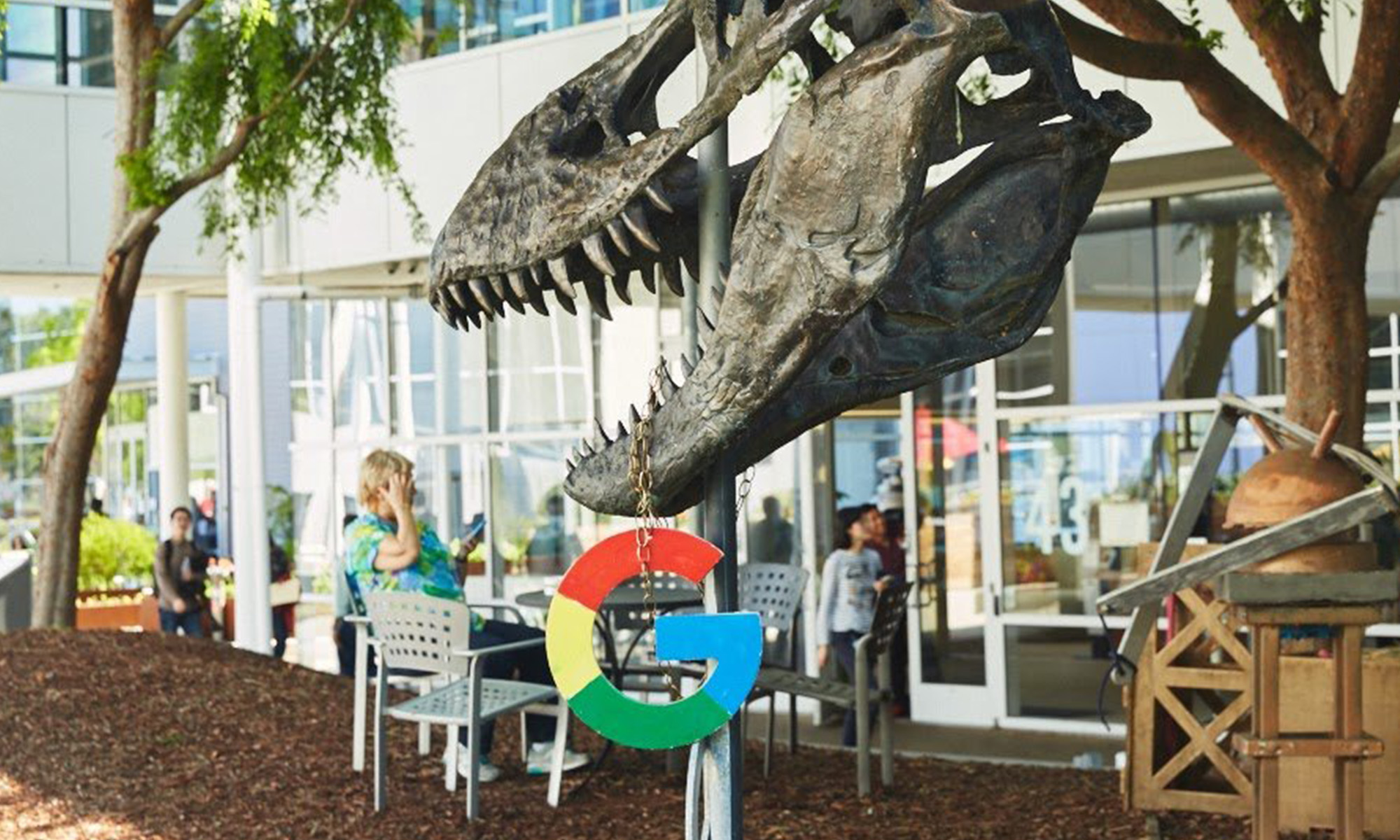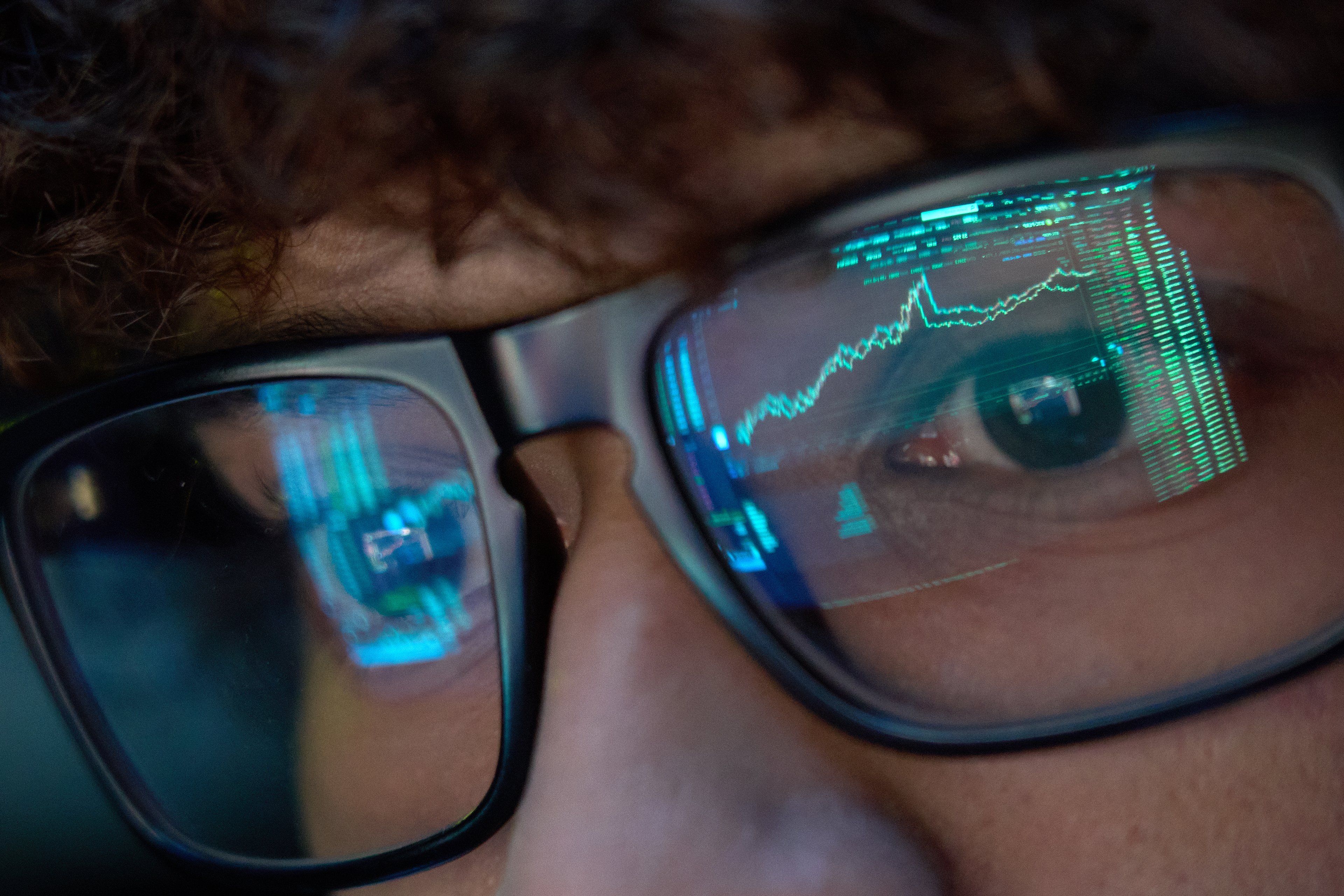
Facebook's buy button. Source: Facebook.
For all the hype around "buy" buttons on Facebook (FB 1.70%) and Twitter (TWTR +0.00%), we haven't seen significant adoption by advertisers on either platform.
Facebook has introduced more and more places for businesses to include the functionality, including new sections on Pages and a dedicated shopping section. It also rolled out "buy" buttons with its new Instagram ads. Meanwhile, Twitter has introduced collections and product pages to help businesses sell more goods and services directly to consumers over the social network.
One factor that may be delaying widespread adoption is the perceived lack of interest. GlobalWebIndex recently conducted a survey of social-media users, and found interest in "buy" buttons ranged from 9% of Facebook users up to 17% of Tumblr users. And a survey from Boston Retail Partners found that only 34% of retailers expect to increase their revenue from social-media referrals.
Interest is definitely strong enough to make an impact
Consider this: Amazon.com (AMZN 0.38%) had 244 million active customers during the last 12 months. Nine percent of Facebook users is about 140 million -- that's the number of users who expressed interest in the company's "buy" button. Retailers are neglecting this audience by not taking advantage of Facebook's new shopping features. Likewise, 14% of Instagram users -- about 56 million -- and 12% of Twitter users -- 37 million -- expressed interest.
In other words, a substantial number of online consumers have expressed interest in shopping over social media -- even though it equates to a small portion of social-media users in total. Still, 85% of retailers expect to increase their e-commerce revenue next year, but only 34% expect to see increases in social-media referral revenue.
Getting over the hump is hard
The hard part for retailers may be figuring out which of Facebook's 1.55 billion users are among the 140 million that are interested in buying things from advertisers on its network. There's no point in putting products and "buy" buttons in front of people who don't intend to buy things through the app or website.

Twitter's buy button. Source: Twitter
To this end, there's a lot of room for Facebook and Twitter to help. It's a start to be able to re-target shoppers who previously visited a retailer's e-commerce site, but it doesn't separate those interested in shopping on social media from those who are just interested in shopping online. Both companies could help retailers target users who have looked into the more-passive shopping options on both platforms to improve the effectiveness of using "buy" buttons.
If Facebook or Twitter are serious about increasing the number of advertisers using this functionality, then they ought to subsidize the price of bidding on those ads. Simply moving those ads higher up in the News Feed or timeline will provide data to determine who's interested in "buy" buttons, and how much value they provide.
They should be interested
Amazon will generate more than $100 billion in revenue this year. And while neither Facebook nor Twitter are interested in warehousing and shipping millions of products, it shows the huge market for online commerce that exists. Taking even a small cut off the top -- through direct advertising sales -- would provide a meaningful boost to both companies' top lines.
A better comparison would be eBay (EBAY +2.58%), which makes money from providing a platform for buyers and sellers to find one another. The company is expected to generate $8.6 billion this year off of an active customer base of 157 million. That's roughly the same size as the audience expressing interest in Facebook's "buy" button, and about four times larger than the potential audience on Twitter.
If Facebook and Twitter can monetize buyers at a quarter the rate of eBay -- considering each buy button ad replaces the opportunity for a different ad -- Facebook stands to increase revenue by $2 billion (16% 2014 revenue), and Twitter could increase revenue $500 million (36% 2014 revenue). But it's up to the social networks to do the hard work and make the necessary short-term sacrifices to secure such a big opportunity. Retailers aren't going to do for them.








